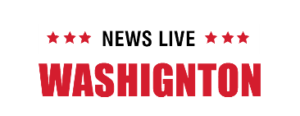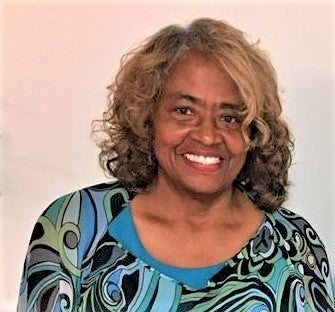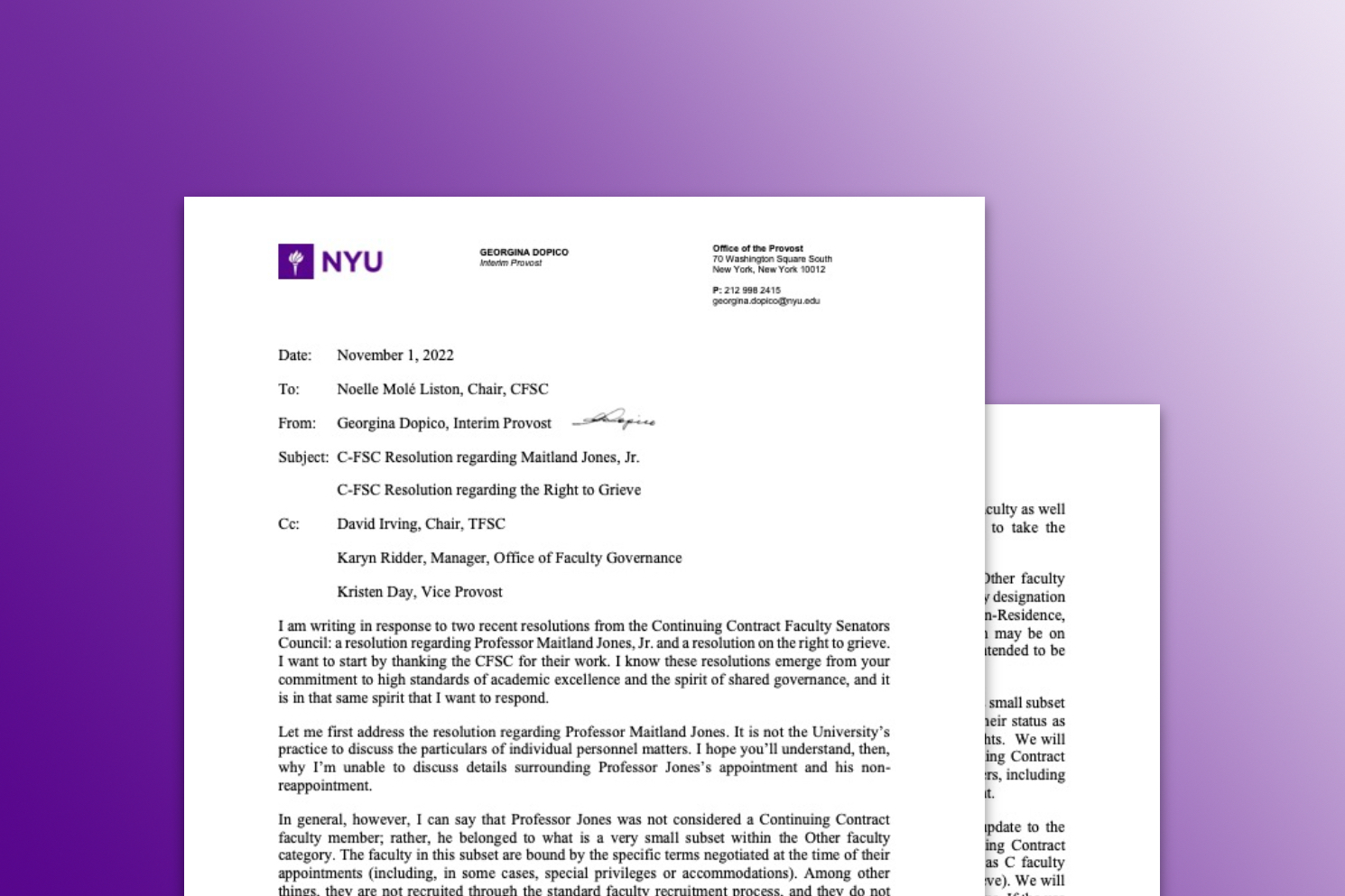The Wonder Years-Junket, Fizzies, Elks and Marlon Perkins
Posted at 20:06, Monday, November 7, 2022
I mentioned in one of my columns over a year ago that sometimes when I was thinking about something, a phenomenon similar to Laura Nemeroff’s book If You Give a Mouse a Cookie would take over my brain and my thoughts would end up eons from original one. I often wonder why this happens.
I had the same experience when I was at Food Lion and noticed the Junket box. I was really surprised it was still on the market. I was first introduced to Junket when I was ten years old by my Aunt Olivia. She made an ice cream dessert out of it and served it to my sisters and me. It looked good, but as soon as I heard its name, the dessert lost its appeal. A food product called Junket, as good as it looked, did not work for me. I was wondering why it was called Junket.
The long history of Junket would take up all my column space, so I won’t try to tell you too much about it. But it has existed for a long time, since the 1870s. The Junket memory brought back Fizzies. Fizzies’ were one of my favorite drinks, even better than Kool-Aid in my opinion. Lena and I finished our last two Fizzies earlier that day. Sodas were a very popular alternative to soda in the late 50s and 60s. These were tablets about the size of an Alka Seltzer tablet made with fruit flavoring, citric acid, artificial sweetener and sodium bicarbonate. When added to a glass of water, the effervescent action caused the tablets to fizz, resulting in a sweet, cool drink. I decided to make my own version of Fizzies and used two Alka Seltzer tablets mixed with Tang to make my fizzy drink. A few sips and I felt sick. (I was wondering why my Fizzies recipe wasn’t working.) My aunt ended up making Junket for dessert because Junket was supposed to be better for an upset stomach.
After the fizzy episode later in the afternoon, I heard my mom and my aunt sing the song the Spring Garden Baptist Church choir will be singing on Sunday morning. I sat and listened and wondered why anyone would sing about underwear in church. I thought about it every time the choir marched by singing it. I was a teenager before I realized they were singing “Bringing in The Sheaves” not “Bringing in The Sheets”.
After they finished singing, they talked excitedly about the “moose coming out” on Sunday afternoons after church. All I knew about moose was what I saw on the TV show Wild Kingdom with Marlin Perkins. I wondered why anyone would be excited about banishing animals. These Moose were not animals. Turns out the Moose parade was a big deal here in Washington.
Do any of you remember or have been members of an Elks lodge? The African American Elks Lodge was first located at 222 West Fifth Street and later moved to the Bruce Payton Building on Gladen Street, which housed the old I.B. Turner Library. It was about half a block from the legendary Pomp Credle restaurant. The Elks were founded on June 10, 1897 in Cincinnati, Ohio, and across the country the Elks “turned off,” meaning the big parade took place on the 3rd Sunday in May. The parade here was accompanied by the PS Jones High School marching band, churches and other community groups. The Elks were established as the “Improved and Protective Order of Elks of the World” and were the largest African-American fraternal organization in the world. They are headquartered in Vinton, North Carolina. The Daughters of the Improved and Protective Order of Elks was established in 1902 by African-American Emma Virginia Kelly in Norfolk, Virginia. Elks members ranged from elderly men and women to young children and were resplendent in purple and white attire. I wonder what happened to Lassie. So from the Junket at Food Lion to the Elks Parade, this is how my brain works. I wonder why?
Lisa Jones is a native Washingtonian, co-founder and co-executive director of the Underground Railroad Museum on the Washington Waterfront.







